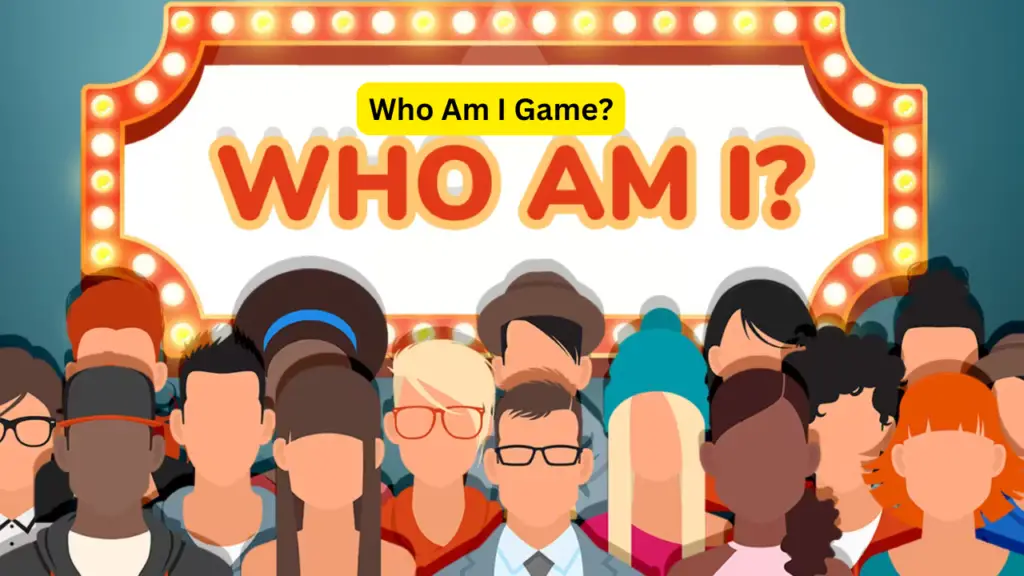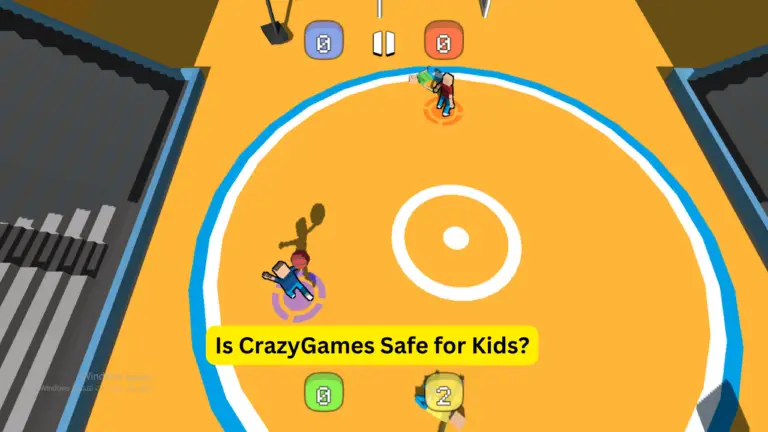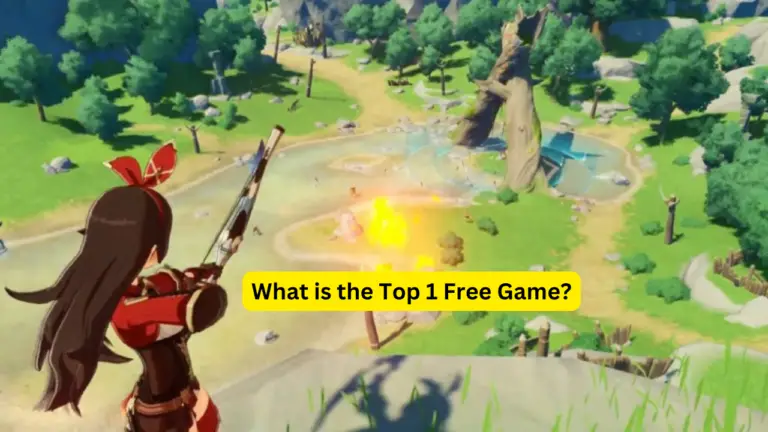
Who Am I Game?
The Who Am I? game is a classic, fun, and engaging party game that’s enjoyed by people of all ages, but it’s particularly beneficial for children, especially those with ADHD or who are neurodivergent. The game promotes interaction, builds communication skills, and enhances memory retention. It’s simple to set up, requires minimal equipment, and can be played virtually anywhere. This makes it ideal for social gatherings, classrooms, or family game nights.
How to Play Who Am I?
In the Who Am I? game, each player is assigned a character, usually a well-known person, without knowing who they are. The identity is written on a sticky note or card and placed on the player’s forehead or back, ensuring they cannot see it. The goal is for each player to figure out their assigned character by asking yes or no questions. These questions help narrow down the possibilities, such as:
- “Am I a famous actor?”
- “Am I a historical figure?”
- “Do I appear in movies?”
The player continues asking questions until they correctly guess their character. If they guess correctly, they win and can either exit the game or help others figure out their identities. If the guess is wrong, the player continues asking more questions until they reach the right answer.
Why Who Am I? is Great for Neurodivergent Kids
For children with ADHD or who are neurodivergent, the Who Am I? game can offer several benefits:
- Improved Social Interaction: The game requires kids to engage in conversation, practice taking turns, and listen attentively to others’ questions and answers. This fosters social development in a fun and non-pressurized environment.
- Boosted Memory and Problem-Solving Skills: Players must remember the answers to their questions and logically deduce who they are. For neurodivergent children, this can strengthen focus and improve working memory.
- Enhanced Self-Esteem: Successfully guessing the identity builds confidence, while wrong answers offer opportunities to learn and improve problem-solving strategies.
- Low Pressure and Fun Environment: The game doesn’t focus on competition, which can be comforting for children who may feel anxious about games with high-stakes outcomes. It’s all about having fun and working together to solve the mystery.
Different Themes to Keep It Fresh
The versatility of Who Am I? makes it possible to customize the game to fit different groups and interests. You can choose themes like:
- Famous Celebrities: Think actors, musicians, and sports stars.
- Historical Figures: Ideal for educational settings, helping kids learn about important people in history while having fun.
- Fictional Characters: Cartoon or movie characters, superheroes, or even video game icons.
- Animals: Perfect for younger children who may find it easier to guess based on simple questions.
By choosing a theme that resonates with the players, you can make the game more engaging and enjoyable for everyone involved.
Helpful Tips for Playing with Neurodivergent Kids
- Keep the Questions Simple: Encourage kids to ask straightforward yes or no questions to help them stay focused.
- Limit the Guessing Time: If a child becomes frustrated, limit the number of questions or offer hints to keep the game moving and avoid frustration.
- Make It Collaborative: If the child finds it challenging to come up with questions or guesses, have them team up with a partner for additional support.
Educational Benefits of Who Am I?
The Who Am I? game goes beyond fun—it’s also a great learning tool. When played in a classroom or educational setting, this game can teach kids:
- Critical Thinking: Players need to analyze the information they gather and use logic to figure out who they are.
- Active Listening: Listening carefully to the answers provided is crucial to the success of the game. This can help improve concentration and listening skills in a relaxed setting.
- Empathy and Understanding: By pretending to be someone else, children learn to put themselves in another’s shoes, which can help build empathy.
Adaptations for Different Ages
The Who Am I? game can be adapted based on the age group or skill level of the players:
- For Younger Kids: Use simple characters like animals, colors, or familiar characters from children’s TV shows. You can also give extra clues if the game gets too challenging.
- For Older Kids and Adults: Make the game more challenging by choosing obscure characters, professions, or historical figures.
Conclusion: Why Play Who Am I?
The Who Am I? game is a great choice for parties, classrooms, or family gatherings. It’s not just a game—it’s a tool for boosting memory, enhancing communication skills, and building self-confidence. It offers endless customization options, so it never gets old, and it creates a low-pressure environment for neurodivergent kids to enjoy themselves and engage with others.
Whether you’re playing with friends, family, or students, Who Am I? offers hours of fun while promoting critical thinking and social interaction. Give it a try at your next game night or classroom activity!






